Global Warming: Its Effect on Ocean Currents

Is Our Planet Sending an SOS?
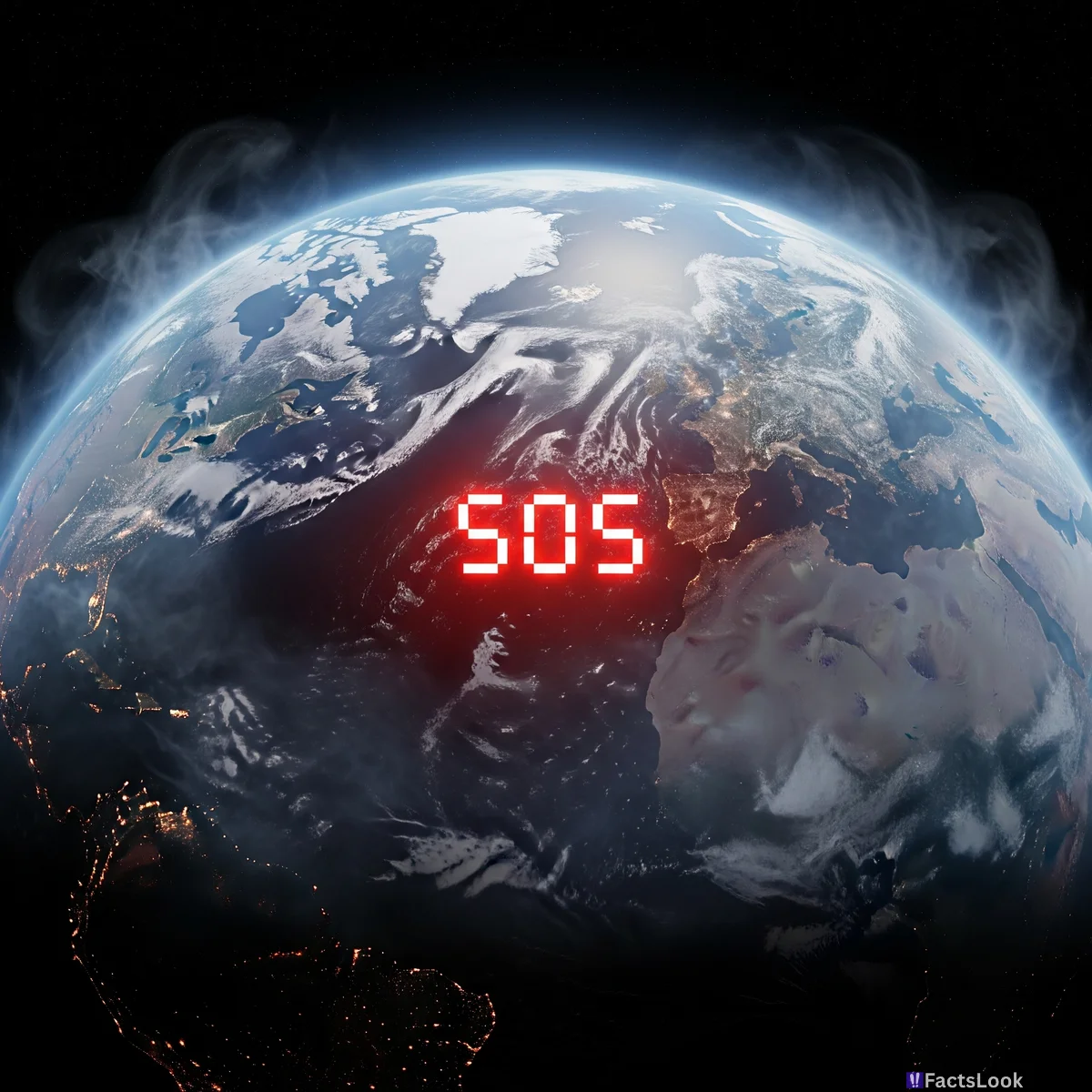
Welcome to a profound exploration of Earth's delicate balance. Prepare to be both amazed and alarmed as we reveal compelling facts about global warming, climate change, and our planet.
This isn't just about melting ice caps; it's a deep dive into the interconnected web of life and the unprecedented changes it's undergoing. Are you ready to face the facts?
1. The Unseen Speed of Ice Loss: Glaciers Are Vanishing Faster Than We Thought
While we know glaciers are melting, the rate is startling. Recent studies reveal that glacial melt is accelerating at an alarming pace, outpacing previous projections.
This rapid ice loss contributes significantly to sea-level rise and disrupts ocean currents, affecting weather patterns globally. The consequences ripple far beyond just picturesque landscapes.
2. Ocean Acidification: The Other CO2 Problem Threatening Marine Life
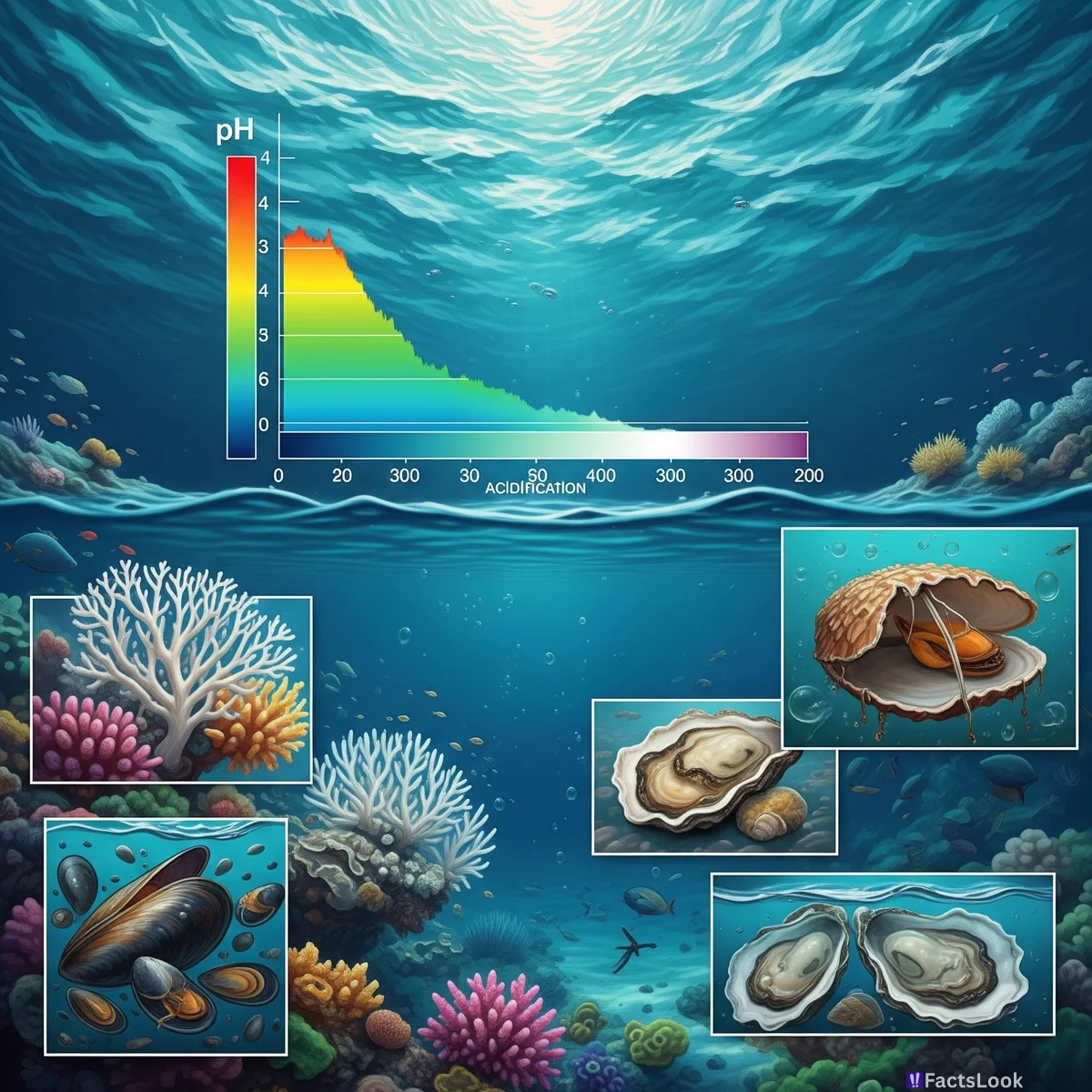
It's not just about warming; oceans are absorbing vast amounts of CO2, leading to acidification.
This chemical change reduces the availability of carbonate ions, crucial for shellfish and corals to build their skeletons and shells. Ocean acidification poses a silent yet devastating threat to marine ecosystems and the food web.
3. Methane's Superpower: A More Potent Greenhouse Gas Than CO2 (Short-Term)
While carbon dioxide gets much of the attention, methane is a significantly more potent greenhouse gas in the short term.
Though it persists for a shorter time in the atmosphere, methane traps far more heat – about 25 times more effectively than CO2 over a 100-year period, and even more over 20 years. Reducing methane emissions is crucial for near-term climate goals.
4. Permafrost Thaw: A Ticking Carbon Bomb Under Our Feet
Vast regions of the Arctic and sub-Arctic hold permafrost – permanently frozen ground containing massive amounts of organic carbon from ancient plants and animals.
As temperatures rise, permafrost thaws, releasing this stored carbon as potent greenhouse gases like methane and CO2, creating a dangerous feedback loop that accelerates warming.
5. Climate Change Fuels Extreme Weather: More Than Just Hotter Summers
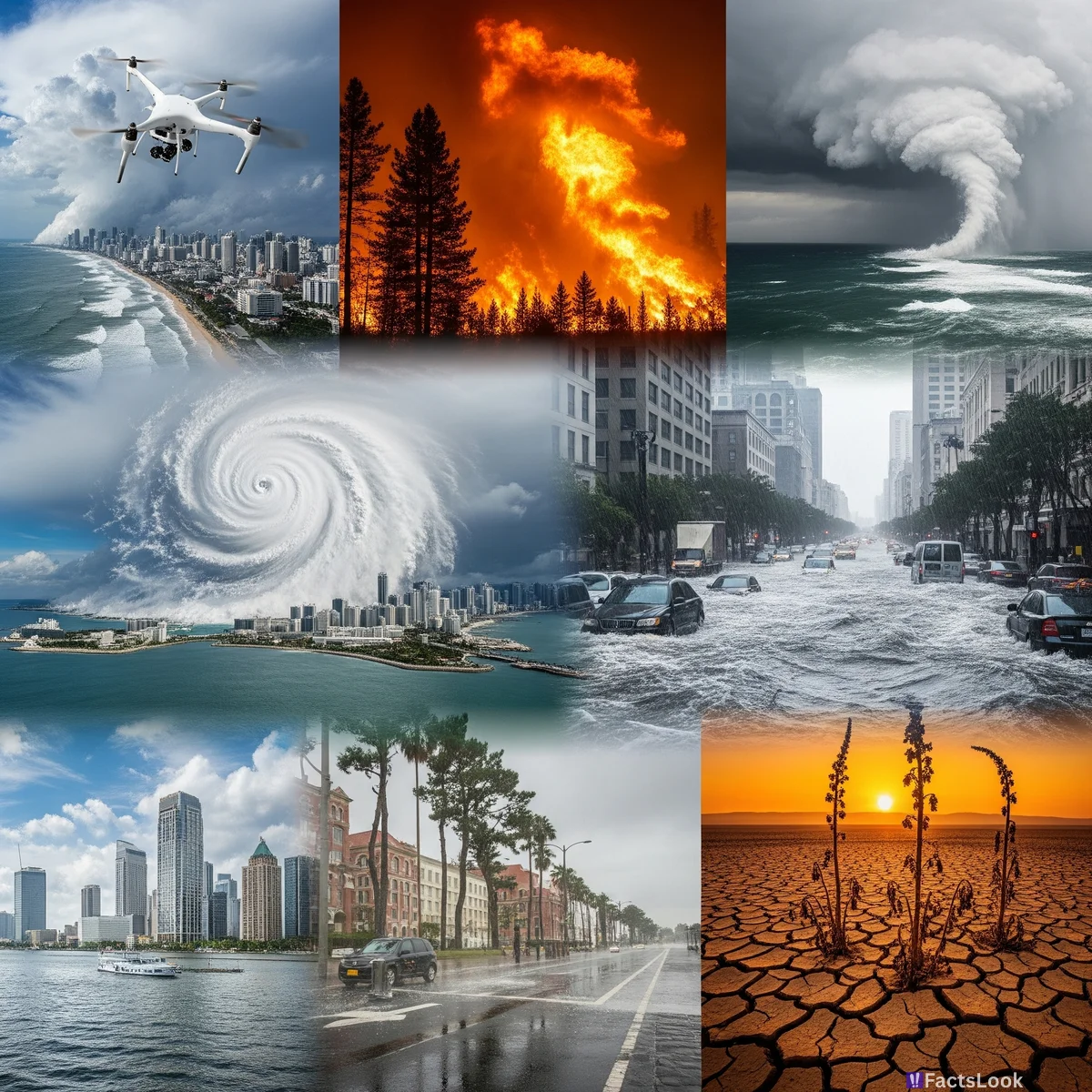
Climate change isn't just about gradual warming; it's a catalyst for more frequent and intense extreme weather events.
Expect harsher heatwaves, stronger hurricanes, increased flooding, and more severe droughts in various regions. These escalating events cause devastation, displacement, and immense economic losses worldwide.
6. Biodiversity at Risk: Species Extinction Rates Soaring Due to Climate Change
Our planet is facing a biodiversity crisis, and climate change is a major driver. As habitats change rapidly, species struggle to adapt or migrate quickly enough, leading to increased extinction rates.
From coral reefs to rainforests, entire ecosystems are under threat, jeopardizing the delicate web of life that sustains us.
7. Deforestation's Double Whammy: Reducing Carbon Sinks and Releasing Stored Carbon
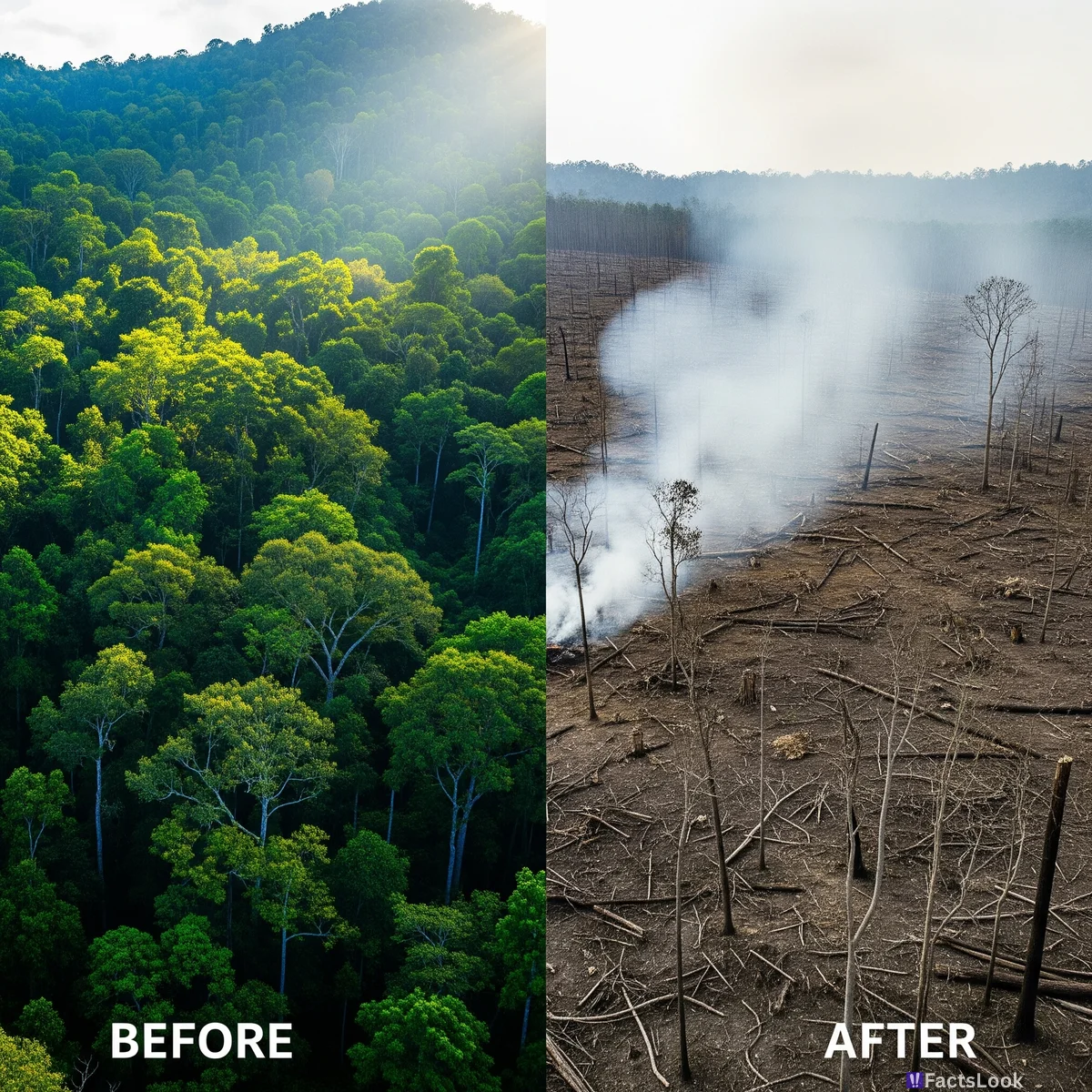
Forests are vital 'carbon sinks,' absorbing CO2 from the atmosphere.
Deforestation has a double negative impact: it eliminates these crucial carbon absorbers and releases stored carbon into the atmosphere when trees are burned or decompose. This dual effect accelerates climate change and disrupts ecosystems.
8. Sea Level Rise: More Than Just Coastal Flooding, It's Saltwater Intrusion
Sea level rise isn't just about flooded coastlines; it brings saltwater intrusion into freshwater sources, contaminating drinking water and harming agriculture. Coastal communities face losing not only land but also vital resources, leading to displacement and impacting food security.
9. Heatwaves: Silent Killers Becoming More Frequent and Intense
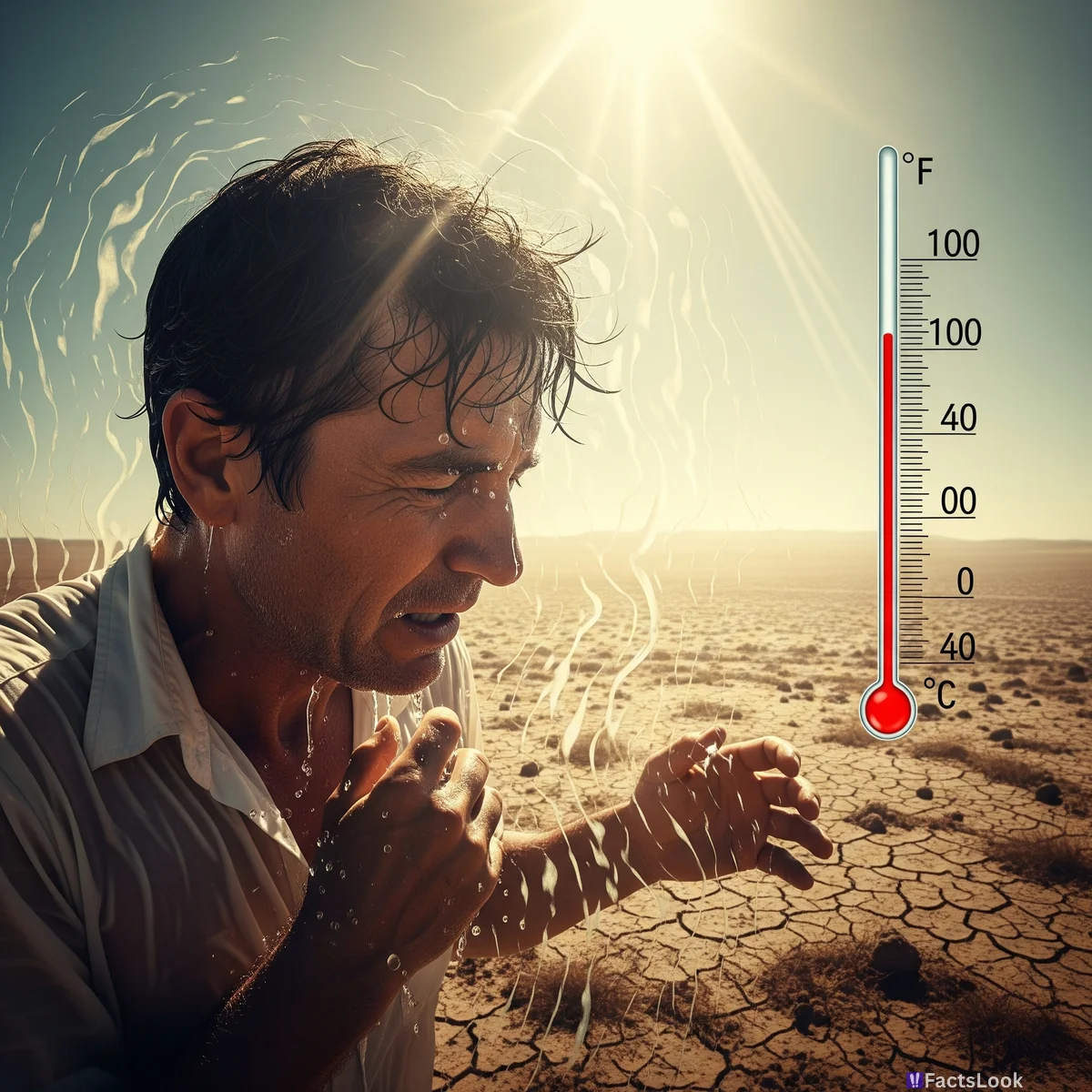
Heatwaves are becoming more frequent, intense, and longer-lasting due to global warming. These extreme heat events pose significant health risks, especially to vulnerable populations, leading to heatstroke, dehydration, and even fatalities. They also stress infrastructure and exacerbate wildfires.
10. Changes in Precipitation Patterns: Droughts in Some Areas, Floods in Others
Climate change is disrupting global precipitation patterns. Some regions are experiencing prolonged droughts, leading to water scarcity and agricultural failures, while others face increased rainfall and devastating floods.
These shifts in water availability have far-reaching consequences for ecosystems and human societies.
11. The Feedback Loop from Albedo Change: Melting Ice Reduces Earth's Reflectivity
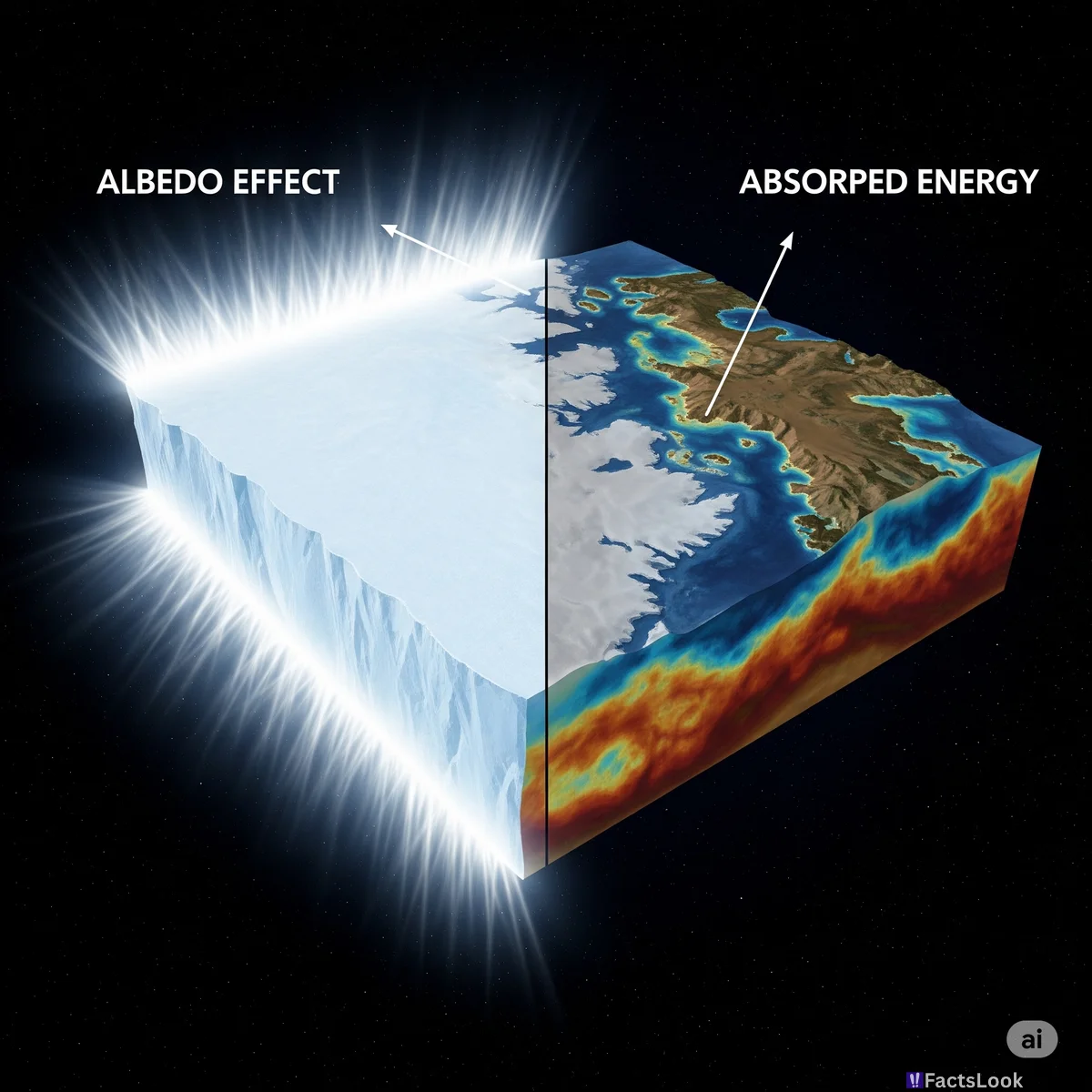
Ice and snow are highly reflective, bouncing solar radiation back into space – this is Earth's albedo effect.
As ice melts due to warming, darker surfaces like land and ocean are exposed, absorbing more sunlight. This reduces Earth's reflectivity, leading to further warming in a dangerous feedback loop.
12. Ocean Currents Disruption: Potential for Drastic Climate Shifts
Melting glaciers and changing ocean temperatures can disrupt major ocean currents like the Atlantic Meridional Overturning Circulation (AMOC), which includes the Gulf Stream.
A significant disruption could lead to unexpected and drastic climate shifts in various regions, including cooling in some areas even as the planet warms overall.
13. Impact on Agriculture: Food Security Under Threat from Changing Climate
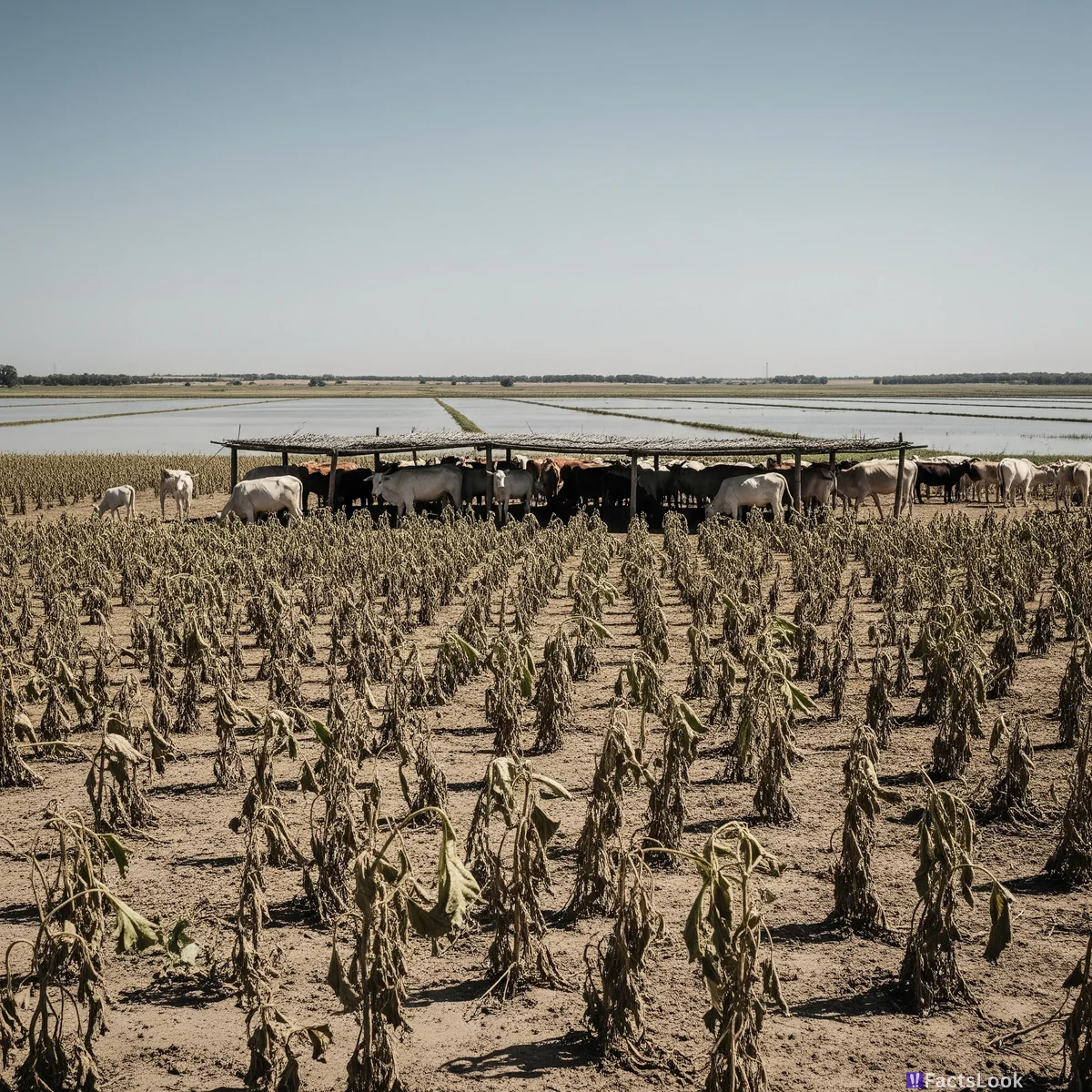
Climate change is significantly impacting agriculture. Extreme weather events, changes in precipitation,
and increased CO2 levels (which can reduce nutritional value in some crops) all threaten crop yields and livestock production, jeopardizing global food security. This poses significant risks to vulnerable populations.
14. Human Health Impacts: Beyond Heatstroke, Climate Change Spreads Diseases
The health impacts of climate change extend beyond heatstroke.
Changes in temperature and precipitation patterns are expanding the range of disease vectors like mosquitoes, increasing the spread of diseases like malaria, dengue fever, and Lyme disease. Air quality is also ухудшенние by wildfires and increased smog.
15. Climate Migration: Displacement and Social Instability on the Rise
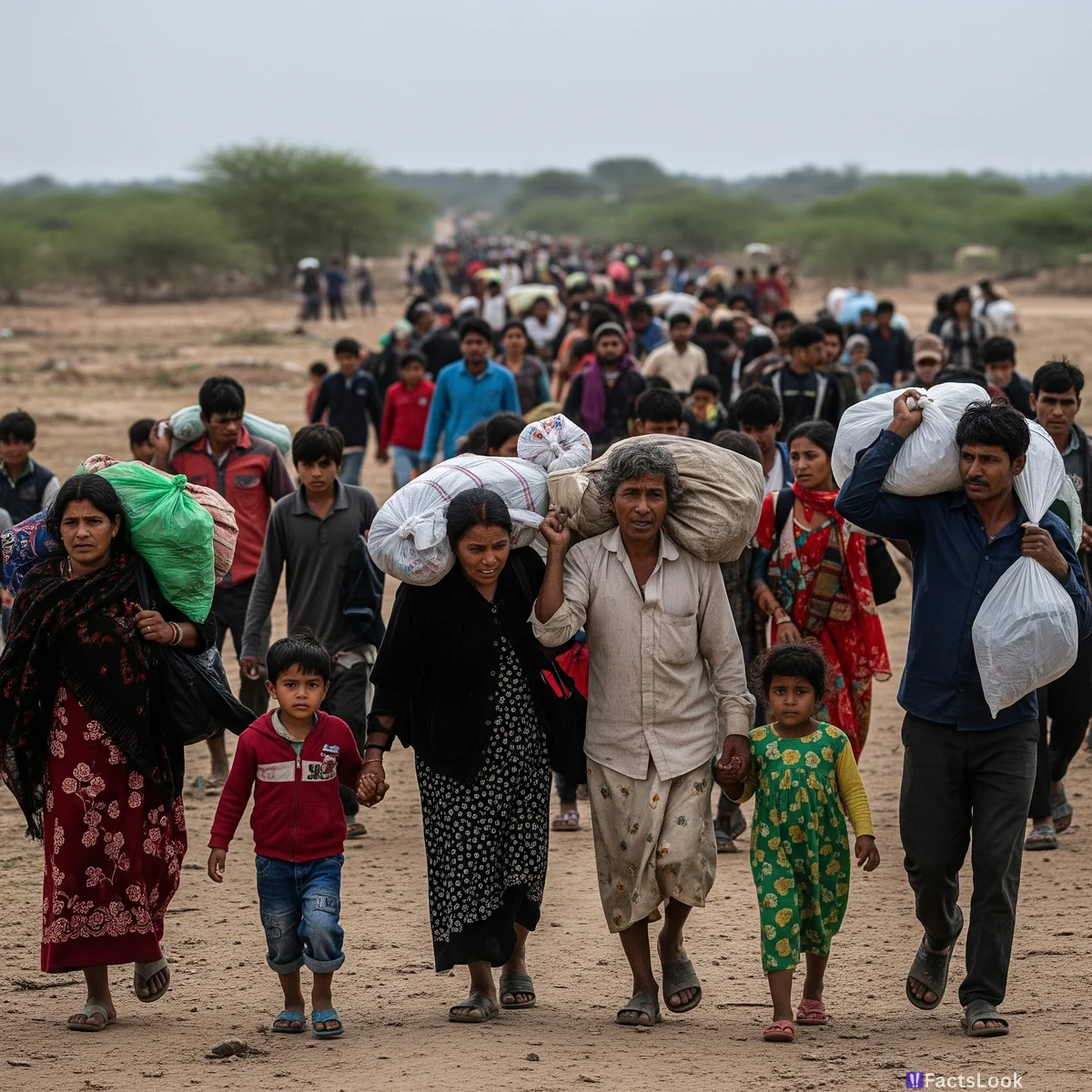
As regions become uninhabitable due to sea-level rise, extreme weather, and resource scarcity, climate migration is increasing. This displacement leads to social instability, strain on resources in receiving areas, and humanitarian crises, raising ethical and political challenges globally.
16. The Economic Costs: Climate Change is Already Hitting the Global Economy
Climate change is not just an environmental issue; it's an economic one. Extreme weather events cause billions of dollars in damages, impacting infrastructure, businesses, and supply chains.
Longer-term effects like sea-level rise and reduced agricultural yields will further strain economies worldwide.
17. Citizen Science and Climate Action: You Can Be Part of the Solution
Addressing climate change requires collective action at all levels. Citizen science initiatives empower individuals to contribute to climate research by collecting data and monitoring environmental changes.
Every action, from reducing your carbon footprint to advocating for policy changes, makes a difference.
18. Ancient Climate Clues: Ice Cores Reveal Past Climate Change Events
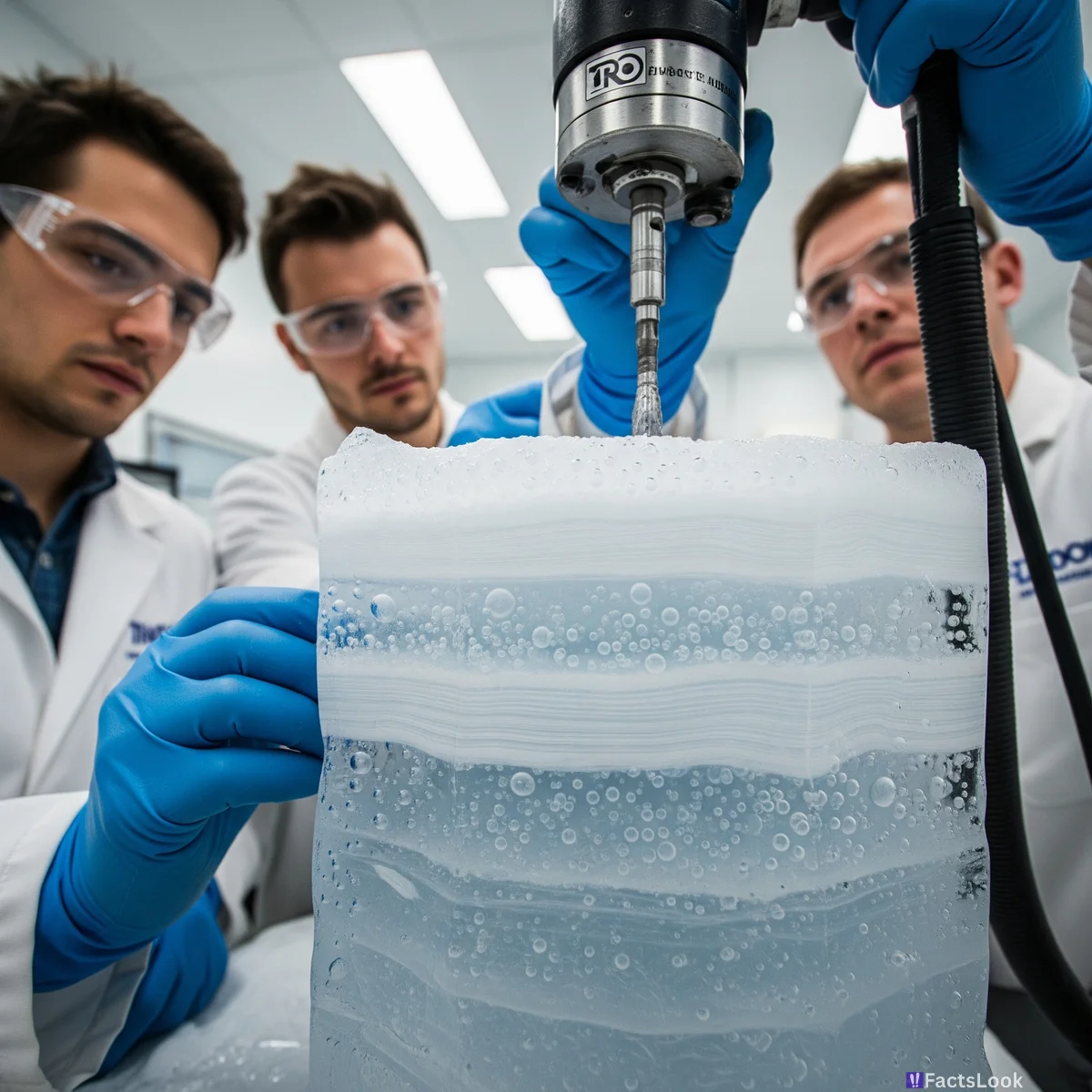
Scientists study ice cores – cylinders of ice drilled from glaciers and ice sheets – to analyze trapped air bubbles and ice composition.
These ice cores provide a detailed record of past climate conditions, including temperature and greenhouse gas concentrations, helping us understand natural climate variability and the unprecedented nature of current changes.
19. Tipping Points: Irreversible Changes That Could Accelerate Warming
Climate tipping points are thresholds beyond which certain changes become self-reinforcing and irreversible, potentially leading to runaway warming.
Examples include the collapse of major ice sheets, large-scale dieback of forests, and abrupt changes in ocean currents. Crossing these points could have catastrophic consequences.
20. The Paris Agreement: A Global Commitment, But More Action Needed

The Paris Agreement is a landmark international treaty where countries pledged to limit global warming well below 2°C, preferably to 1.5°C, compared to pre-industrial levels.
While a crucial step, current national commitments are insufficient to meet these goals, requiring significantly increased ambition and action.
21. Carbon Capture Technologies: Innovations to Remove CO2 from the Atmosphere
Carbon capture technologies aim to remove CO2 directly from the atmosphere or from industrial sources and store it underground or utilize it in products.
While still developing, these technologies are gaining attention as a potential tool to help mitigate climate change, alongside emissions reductions.
22. The Power of Renewable Energy: Solar, Wind, and More are Key Solutions
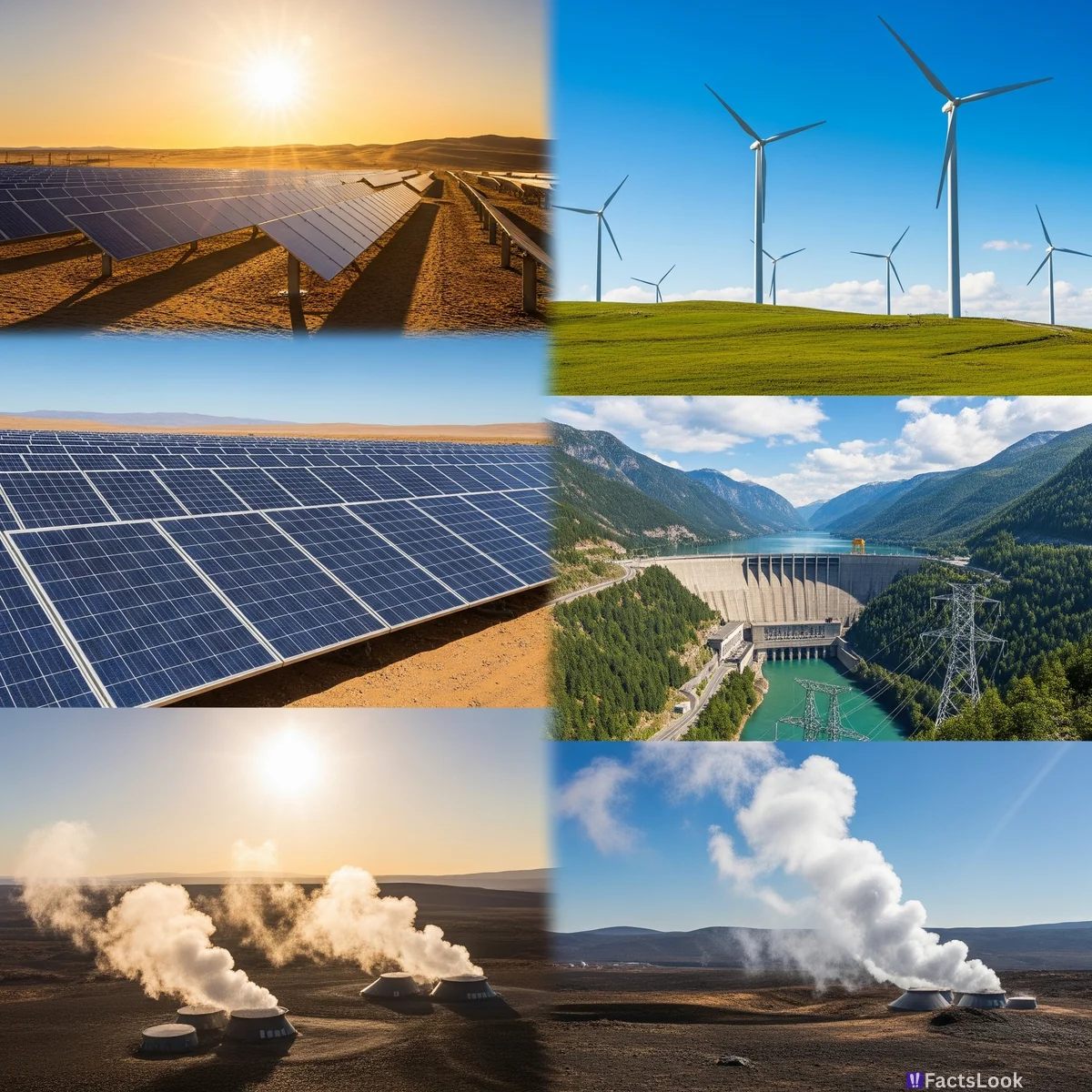
Transitioning to renewable energy sources like solar, wind, hydro, and geothermal is crucial for decarbonizing our energy systems. These technologies are becoming increasingly affordable and efficient, offering clean alternatives to fossil fuels and reducing greenhouse gas emissions significantly.
23. Climate Change Impacts Vary Regionally: Some Areas Are More Vulnerable
The impacts of climate change are not uniform across the globe. Small island nations and coastal communities are highly vulnerable to sea-level rise, while some regions face more severe droughts or extreme heat.
Understanding regional vulnerabilities is crucial for targeted adaptation and mitigation strategies.
24. The Urgency of Action: Every Fraction of a Degree Matters
Scientists emphasize that every fraction of a degree of warming matters. Limiting warming to 1.5°C vs.
2°C, or even higher, makes a significant difference in the severity of climate impacts, including sea-level rise, extreme weather, and ecosystem damage. Urgent and ambitious action is needed to minimize these risks.
25. Hope Remains: Collective Action Can Still Shape a Better Future
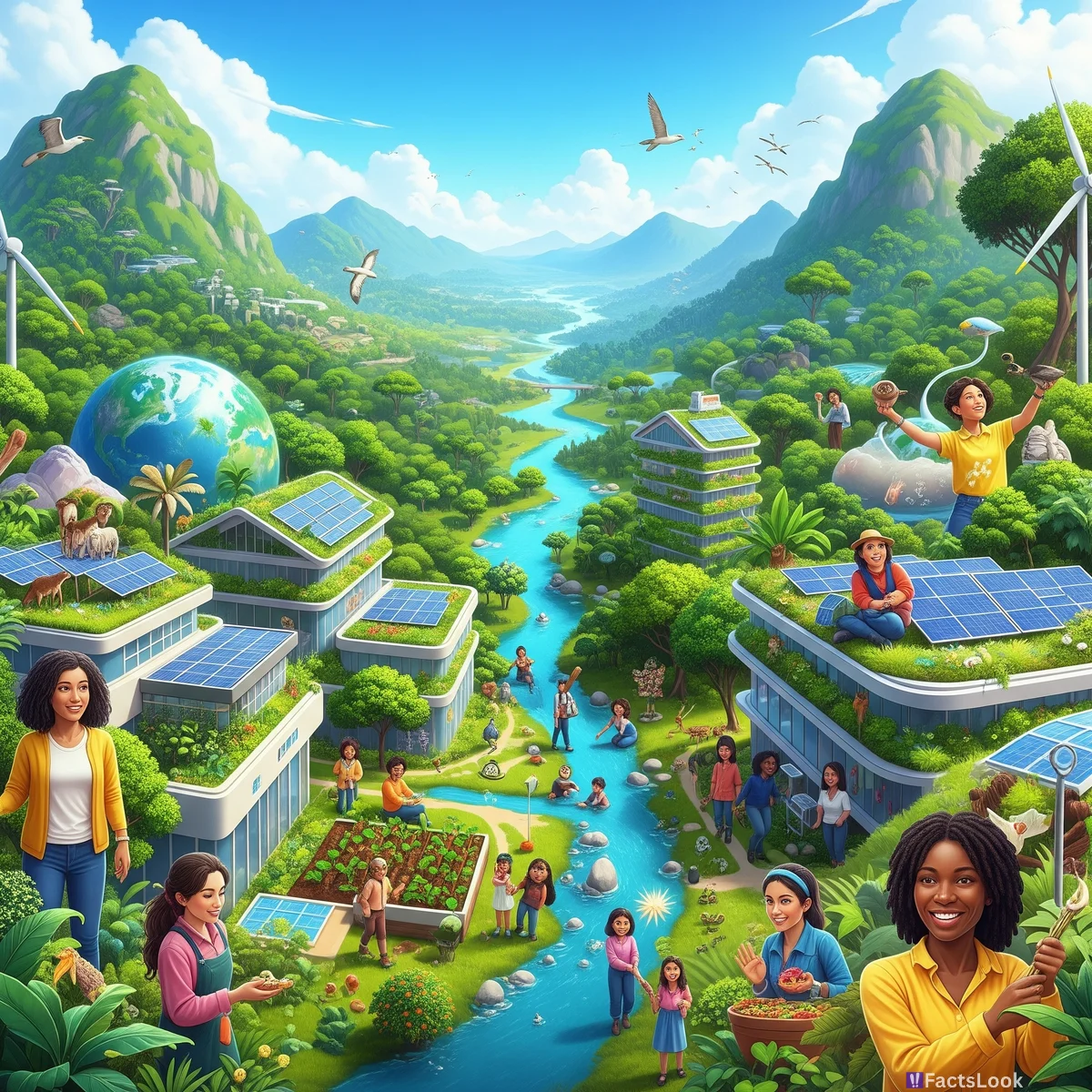
While the challenges are immense, it's crucial to remember that hope and solutions exist.
By embracing sustainable practices, supporting climate-friendly policies, and fostering innovation, we can still mitigate the worst impacts of climate change and build a more sustainable and resilient future for generations to come. The time for decisive action is now.
Comments
Loading comments...